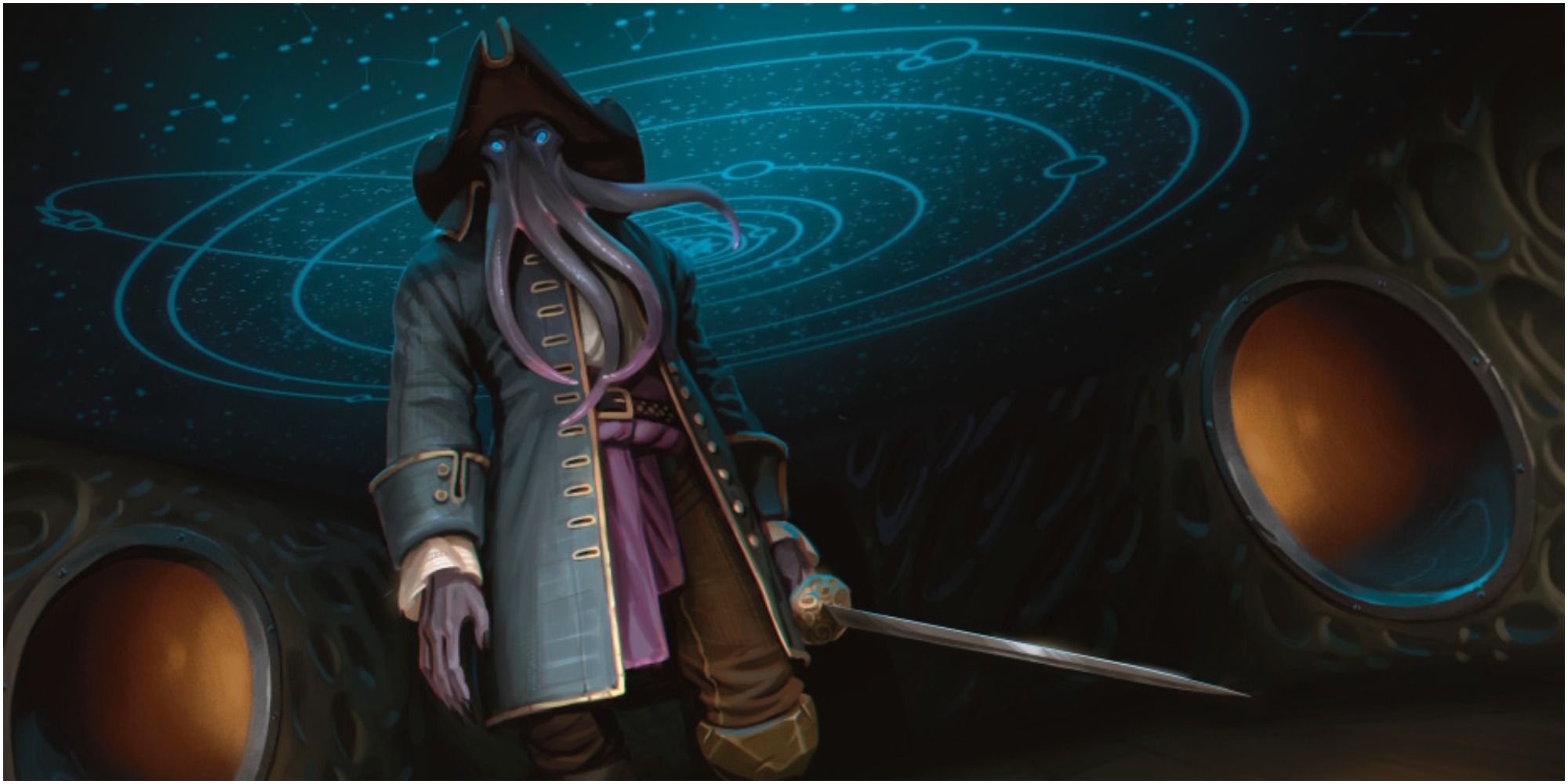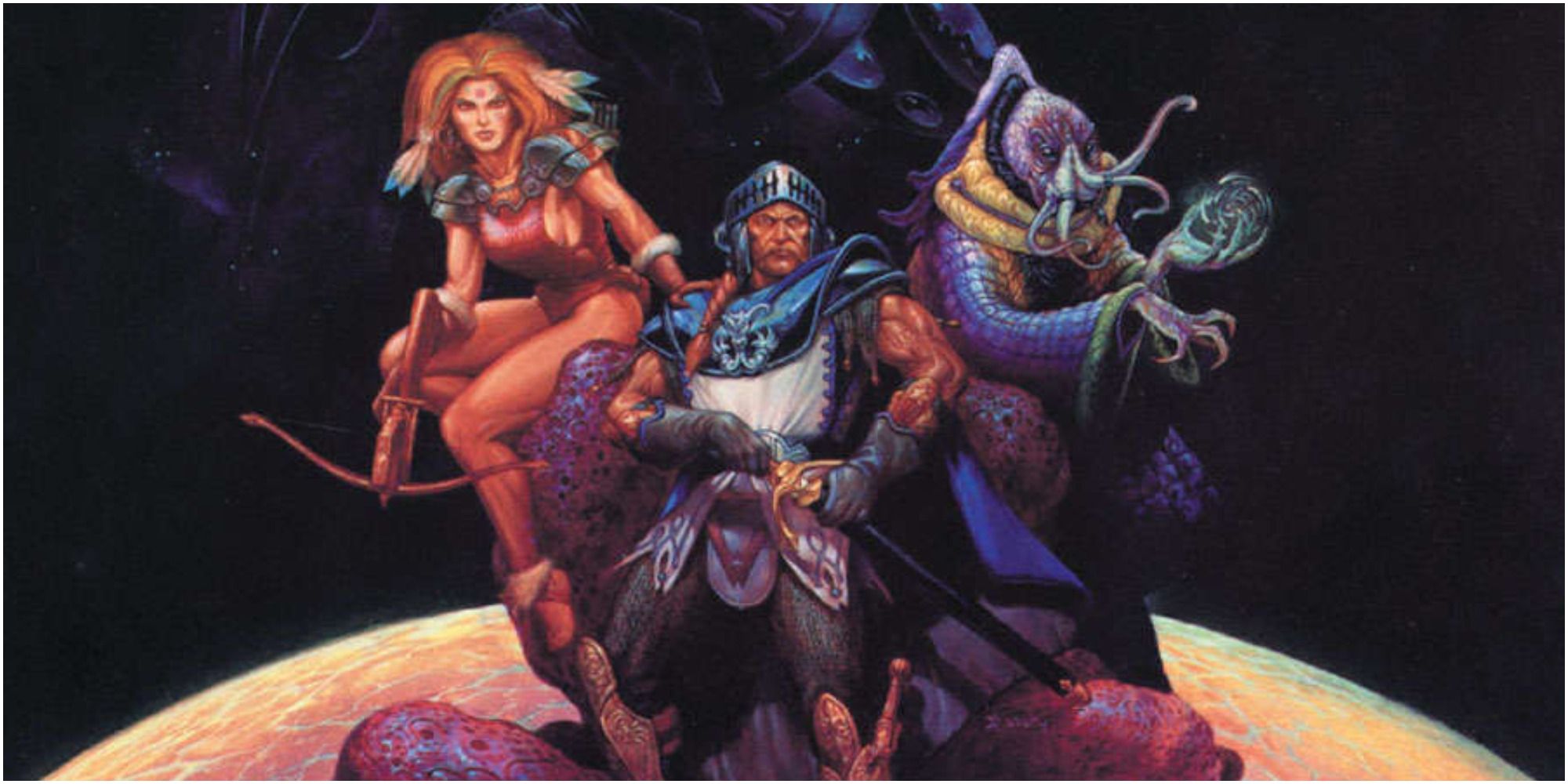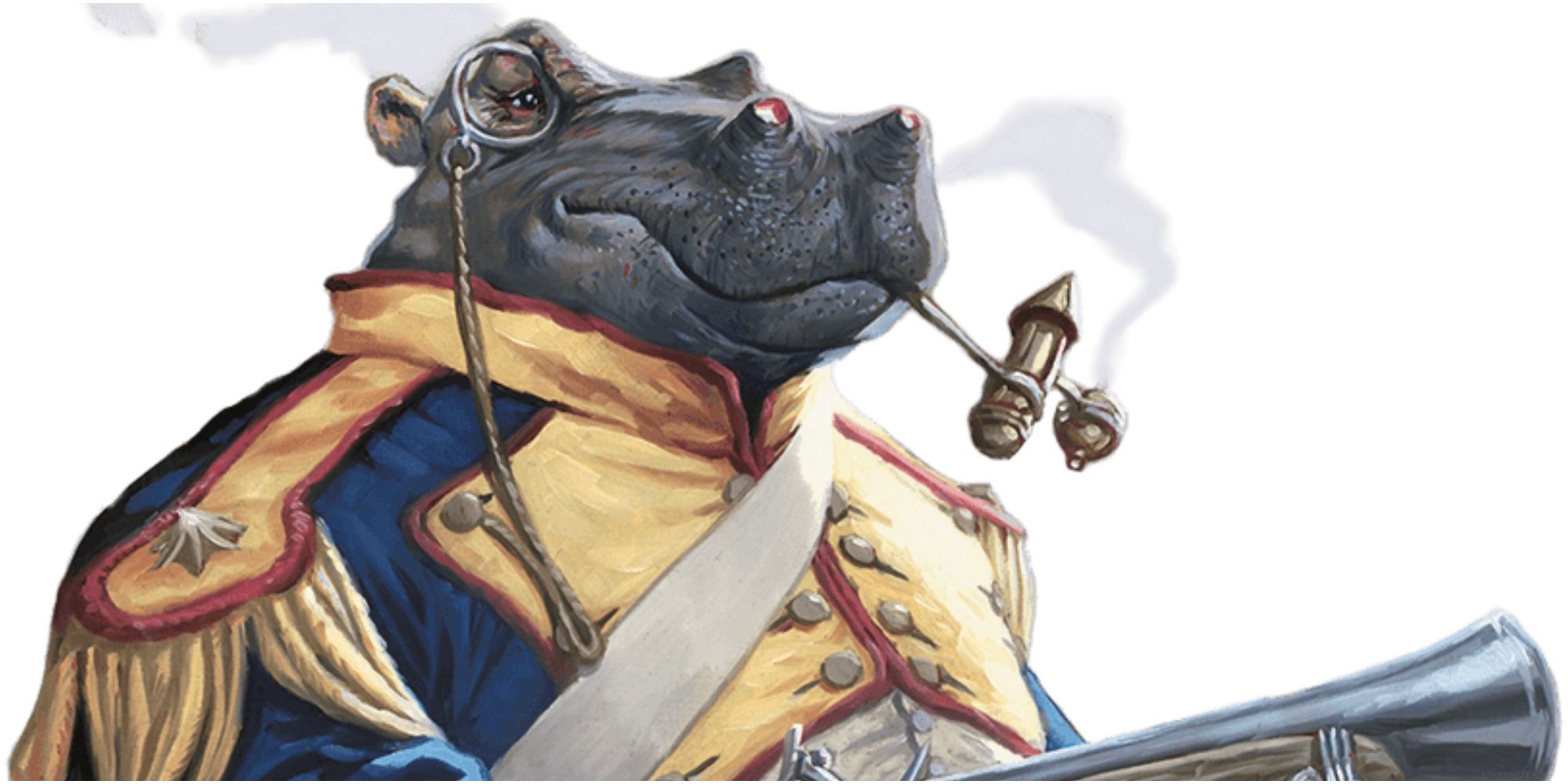While Dungeons & Dragons is a game that encourages DMs to create their own worlds and settings, it is also home to a wide range of robust and distinct settings. Throughout the game's history, many settings have been expanded upon in their own books, with D&D's fifth edition currently possessing several setting based books such as Van Richten's Guide to Ravenloft and Guildmasters' Guide to Ravnica, providing Dungeons Masters with substantial information that can help run a campaign in these settings.
While it has yet to be directly confirmed by Wizards of the Coast, it is heavily speculated that fans can expect a Spelljammer book after the release of several Spelljammer-related races within the Travelers of the Multiverse Unearthed Arcana in October 2021. However, Spelljammer is something that has been largely absent from D&D for many years, so we're going to shine a light on this unique setting!
What Is Spelljammer?
Released in 1989, Spelljammer was a setting first introduced as a part of D&D's second edition, serving as a setting that allowed for a more sci-fi spin on a traditional campaign. While D&D is a game traditionally associated with magic, this setting introduced several fantastical science elements, namely ships capable of traversing not only space but the multiverse as well.
These ships, known as Spelljammers, came in a variety of forms, but most importantly they allowed for campaigns to blend the magic and swordplay that one would expect from D&D with interstellar travel and more technologically focused themes and races. The militant, space-faring Giff were notably first introduced within Spelljammer, originating from one of the interplanar worlds adventurers could travel to known as Crystal Spheres.
Spelljammer notably included many races and monsters traditionally associated with D&D such as Elves, Dwarves, Gnomes, and Ithilids, while utilizing them in ways to complement the sci-fi setting, notably painting Ithilids in a less villainous light than they are most often depicted.
While D&D's second edition was home to a wide range of Spelljammer books including several adventure modules, the setting has since faded into obscurity, with it not being prominently featured within the game's third, fourth, and fifth editions.
Thus far, outside of the Travelers of the Multiverse Unearthed Arcana and the inclusion of Giff within Mordenkainen's Tome of Foes (and more recently Monsters of the Multiverse), the most notable Spelljammer-related content in the fifth edition was within the Dungeon of the Mad Mage campaign module. In this module, players can find a space-faring ship in the possession of an Ithilid captain.
What We Know From Travelers Of The Multiverse Unearthed Arcana
While Wizards of the Coast has yet to confirm or deny an upcoming Spelljammer setting book for the fifth edition, the inclusions featured within the Travelers of the Multiverse Unearthed Arcana definitely seem to be testing the waters for Spelljammer content. The playable races that were included in this Unearthed Arcana include:
- Astral Elf: Elves native to the Astral Plane, known to live up to thousands of years due to the ageless nature of the Astral Plane. In addition to being able to cast Dancing Lights, Light, and Sacred Flame, Astral Elves notably have a trait called Radiant Soul, allowing them to regain HP once per long rest when they succeed in a death-saving throw.
- Autognome: Mechanical creations of Rock Gnomes, built to resemble their creators. Notably classified as constructs rather than humanoids. Despite being constructs, Autognomes can notably regain lost HP through healing magic, and they are even capable of being repaired through the use of the Mending spell. Additionally, these mechanical gnomes are immune to disease, don't need to eat, drink, or breathe, and they're even capable of improving several potentially failed rolls they make each day by 1d4 through their "Built for Success" trait.
- Giff: A militant, hippo-like people known for their strength and damage-dealing capabilities. In addition to having an improved carrying capacity, Giff are able to reroll a one they'd rolled on a damage dice once per turn.
- Hadozee: A race with simian features that are capable of gliding in a manner akin to a flying squirrel. Through their gliding, Hazodee characters are able to notably move substantial horizontal distances when falling, and they can even use their reaction to negate any fall damage that they may take.
- Plasmoid: Amorphous beings that are capable of altering their shape to a humanoid or ooze-like form. Notably classified as oozes rather than humanoids. In addition to being able to assume a humanoid or ooze-like shape, Plasmoids are resistant to both acid and poison damage and are adept at initiating or escaping grapples.
- Thri-Kreen: Insectile people who notably have access to an additional pair of arms and telepathy. In addition to their aforementioned telepathy and their ability to use their additional set of arms to hold light weapons and manipulate objects, a Thri-Kreen can alter the color of its carapace to match its surroundings, much like a chameleon.
The Travelers of the Multiverse Unearthed Arcana can be found here.



